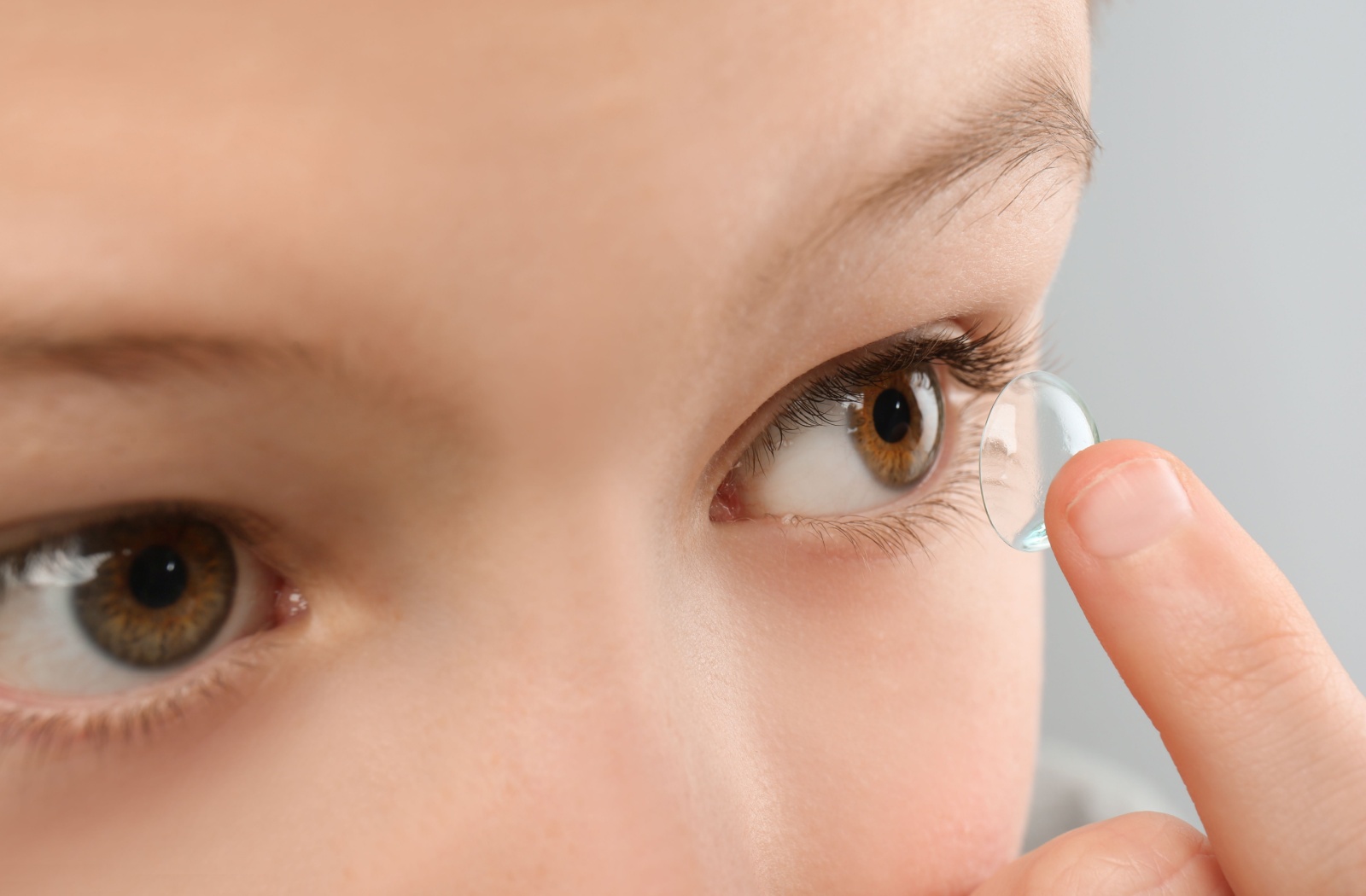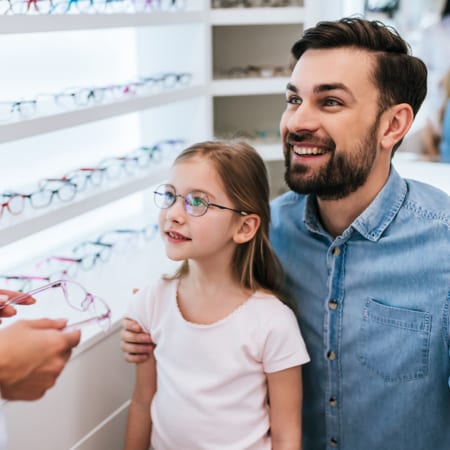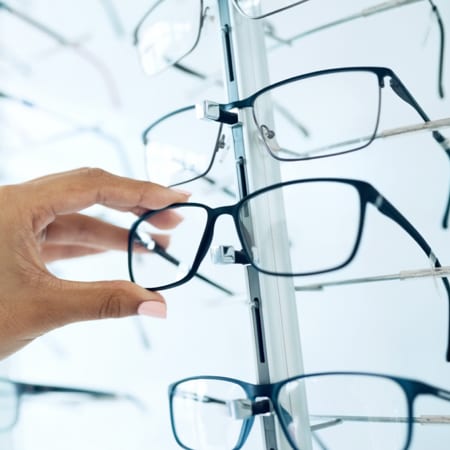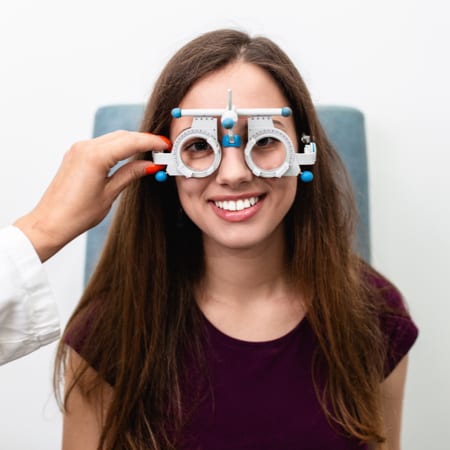Myopia, or nearsightedness, is becoming more common in children worldwide—and Canada is no exception. Myopia happens when the eye grows too long, causing light to focus in front of the retina instead of directly on it. This makes distant objects look blurry, while close-up items stay clear.
If left untreated, myopia often gets worse over time, especially in younger children whose eyes are still developing. That’s why early detection and treatment are so important. Two of the most effective ways to manage myopia progression in kids are MiSight 1 day contact lenses and orthokeratology (ortho-k) lenses. The best option depends on your child’s prescription, eye shape, comfort with contact lenses, and daily routine. Each solution has unique strengths.
Let’s take a closer look at how each treatment works, what the pros and cons are, and how to choose the right fit for your child’s needs.
What Is the Best Treatment for Myopia in Kids?
There is no one-size-fits-all answer. The “best” treatment for myopia in children depends on several factors, including your child’s age, degree of myopia, eye shape, lifestyle, and comfort level with contact lens wear. MiSight and ortho-k are both clinically proven to slow the progression of myopia, but they take very different approaches.
MiSight 1 Day Contact Lenses: A Soft, Daily Option
MiSight lenses are soft, single-use contact lenses worn during the day. They’re designed specifically for children and are the first daily disposable contact lens approved by Health Canada for slowing myopia progression.
These lenses work by using a special dual-focus design. One part of the lens corrects your child’s vision, while the other helps “trick” the eye into thinking it’s already the correct length. This helps slow down further eye growth, which is key to managing myopia long-term.
Benefits of MiSight
- Daily disposable: No cleaning required—just insert a fresh pair each morning and discard them at night.
- Kid-friendly design: Easy for kids to handle with proper training and support.
- Clinically proven: Studies have shown that MiSight can slow myopia progression by an average of 59%.
- Low maintenance: Great for busy families who want a low-fuss option.
- Comfortable: Many children adapt quickly to soft lenses.
Disadvantages of MiSight
- Limited correction range: MiSight is best for children with low to moderate myopia and doesn’t correct astigmatism.
- One-size-fits-most: The lenses come in standardized shapes, so children with unique eye shapes may not get an ideal fit.
- Ongoing cost: Daily lenses mean regular refills, which can add up over time.
Orthokeratology (Ortho-K): Vision Correction While Your Child Sleeps
Ortho-k uses custom-fitted, rigid gas-permeable lenses that are worn overnight. As your child sleeps, the lenses gently reshape the cornea (the clear front surface of the eye). In the morning, they remove the lenses and enjoy clear vision all day—without needing glasses or contacts.
This corneal reshaping technique has been safely used for decades, and recent research supports its effectiveness in controlling myopia progression in children.
Benefits of Ortho-K
- No lenses during the day: Perfect for active children who play sports or have trouble with daytime contact lenses.
- Custom fit: Lenses are tailored to each child’s unique eye shape for more precise correction.
- Broad treatment range: Ortho-k can correct low to moderate myopia, as well as mild astigmatism and even some cases of hyperopia.
- Proven effectiveness: Ortho-k has been shown to significantly reduce the rate of eye growth.
Disadvantages of Ortho-K
- Higher upfront cost: Custom lenses and fittings can be more expensive initially.
- Adjustment period: Children may experience lens awareness or mild discomfort at first.
- Daily cleaning: Ortho-k lenses must be cleaned and disinfected each night.
- Risk of lens loss or damage: Replacement lenses can be costly and may take time to reorder.
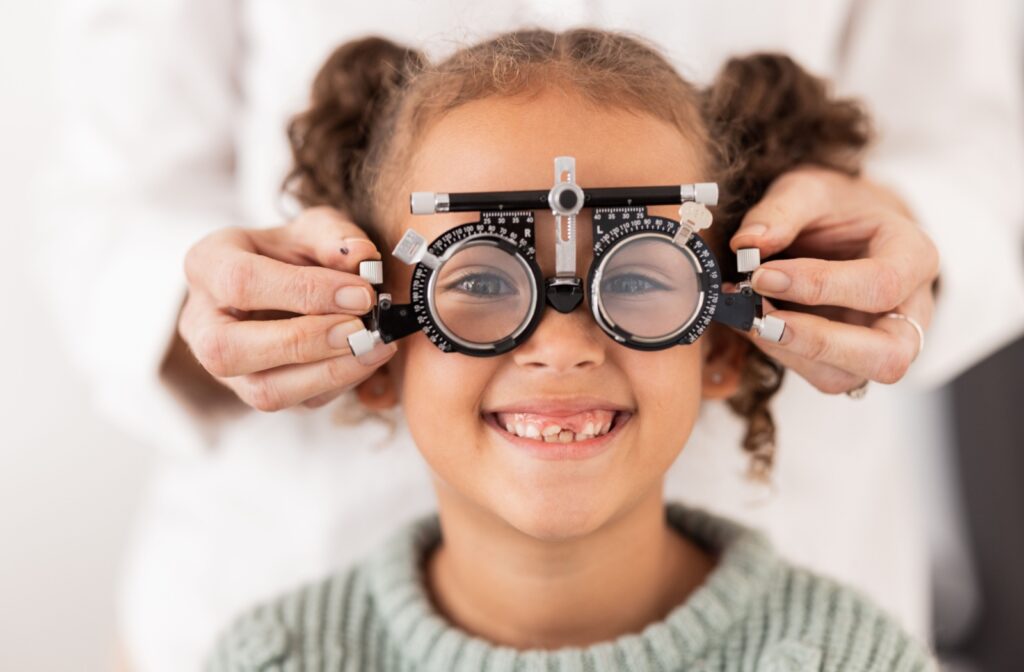
What Are the Best Lenses for Myopia in Kids?
Both MiSight and Ortho-k offer excellent options for managing myopia progression in children. The best choice depends on your child’s specific needs and your family’s lifestyle.
You might consider MiSight if:
- Your child has mild to moderate myopia.
- You want a simple, low-maintenance routine.
- Your child is new to contact lenses and may benefit from daily disposables.
Or, you might prefer Ortho-k if:
- Your child is more active during the day and doesn’t want to wear glasses or contacts while awake.
- They have a higher prescription or mild astigmatism.
- You’re looking for a more customized solution.
How to Choose the Right Option
When deciding between MiSight and Ortho-k, it’s helpful to consider the following:
- Your child’s age and maturity: Are they comfortable with handling lenses?
- Lifestyle and activity level: Will daytime or nighttime lens wear be more convenient?
- Vision correction needs: Is there astigmatism or higher myopia involved?
- Parental involvement: Are you able to help with cleaning lenses or managing a daily lens routine?
- Budget: Consider the long-term costs of both options.
Ultimately, both MiSight and Ortho-k are safe, effective tools for helping your child maintain better vision and reduce the risk of long-term complications like retinal detachment, glaucoma, and macular degeneration.
Take the First Step Toward Clearer Vision
If you’ve noticed your child squinting, sitting too close to screens, or struggling to see the board at school, it’s time to explore their options. At Woodstock Vision Care, we offer thorough myopia assessments and personalized guidance to help you choose the best treatment for your child.Contact us today to schedule an appointment and learn more about MiSight and Ortho-k. Together, we can help your child see clearly today—and protect their vision for the future.


